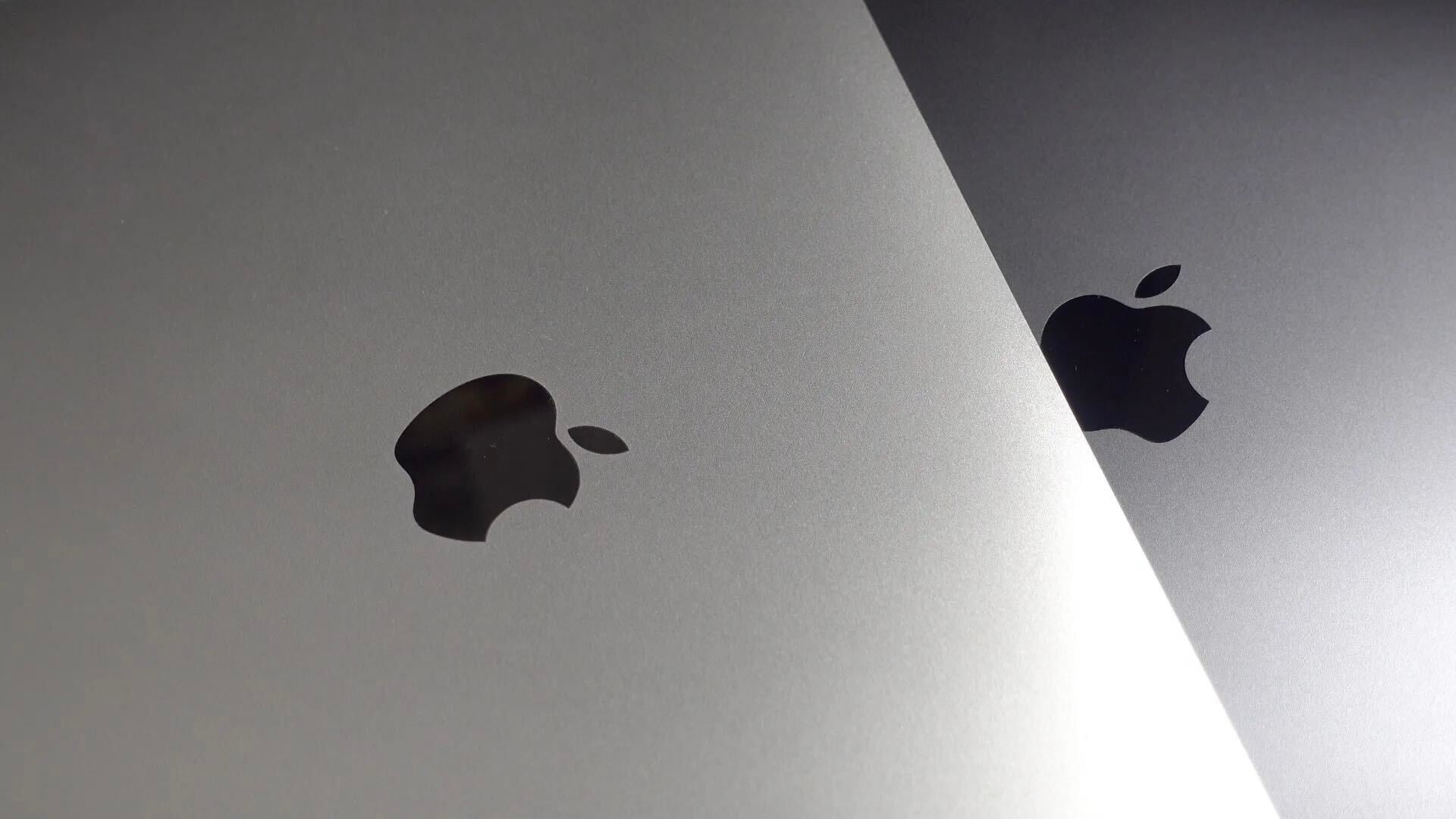
Batteries are a consumable component that have a limited life span or cycle count. Apple’s various products use different batteries that have varying cycle count limits. Let’s take a look at some useful things to keep in mind when trying to get the most out of your MacBook Pro battery or when looking at buying a used MacBook.
Once a MacBook’s battery has reached a certain cycle count limit, it is considered consumed and Apple recommends replacing the battery, although you can continue using it (but expect decreased performance).
What’s a charge cycle count?
Here’s how Apple defines a battery charge cycle:
When you use your Mac notebook, its battery goes through charge cycles. A charge cycle happens when you use all of the battery’s power—but that doesn’t necessarily mean a single charge.
For example, you could use half of your notebook’s charge in one day, and then recharge it fully. If you did the same thing the next day, it would count as one charge cycle, not two. In this way, it might take several days to complete a cycle.
Most of Apple’s MacBooks from 2009 and later have a 1,000 cycle count limit on its batteries (including the MacBook Air, MacBook, and MacBook Pro). Older machines will see a 300-500 cycle count limit. Apple has a full list of the limits for every Mac notebook on its website.
How to check your MacBook’s battery cycle count
Checking your cycle count is quick and easy and can give you a good idea of when you may need to replace your battery. Knowing the battery cycle count before buying a used MacBook is also good idea.
- Click in the top left corner of your Mac
- Hold down the option key on your keyboard
- Click System Information…
- Click Power on the left hand side
- Cycle Count is under Health Information:
How to get the most out of your battery
One of the main ways to get the most use out of your battery is to use your MacBook as efficiently as possible. The less battery power you use in a day will mean less cycle counts in a week, which means your battery will take you further in the long-term.
Here are some ways to extend your battery life:
- Turn down your display’s brightness to the lowest level comfortable
- Close unneeded apps
- Disconnect any peripherals when not in use (external drives, USB flash drives, memory cards, etc.)
- Turn off Location Services when possible
- Turn off Wi-Fi when possible
You can also double-check your energy preferences by clicking the battery icon in the menu bar → Open Energy Save Preferences. Making sure Automatic graphics switching (if applicable) and the other options are turned on will help extend your battery life.
Read more about Mac notebook batteries on Apple’s website.
What charger should I use?
It’s always recommend to use an official Apple charger for your MacBook. If you’re not sure what charger you need for your MacBook, you can find out here. You can safely use a compatible Apple charger with a higher wattage, but using one with a lower than recommended wattage will provide slow or poor charging.
MacBook battery replacement
Depending on your circumstances a battery replacement may be covered under your MacBook’s warranty or AppleCare coverage. Apple charges $129-$199 in most cases for a replacement battery if it isn’t covered under warranty.
If you’re having issues with your MacBook battery or need to get it replaced, get in touch with Apple Support or an Authorized Apple Service Provider. Be sure to check out our how to guide for more ways to get the most out of your Apple devices.
Note: if you happen to have a user replaceable battery from a 2008 or earlier MacBook you’ll have to find a new battery from a third-party as Apple has discontinued making those.
Top Photo: iFixit
Check out 9to5Mac on YouTube for more Apple news!
FTC: We use income earning auto affiliate links. More.




Comments